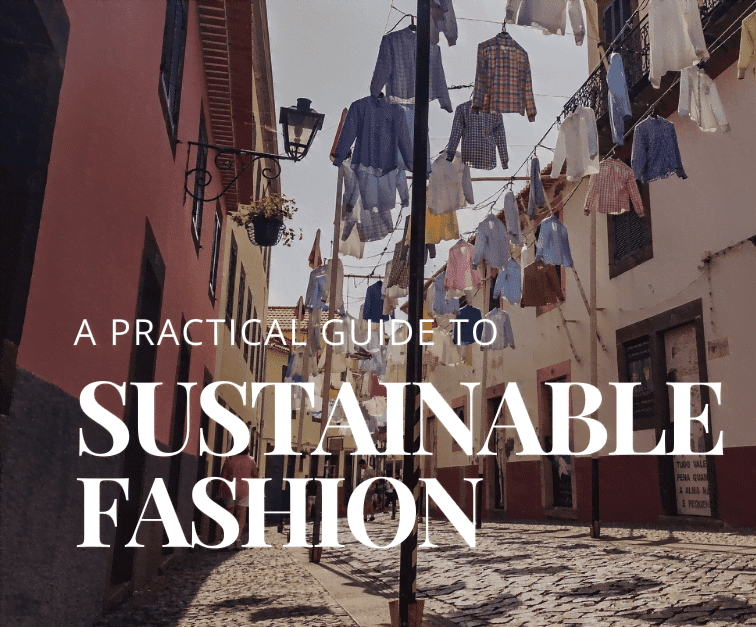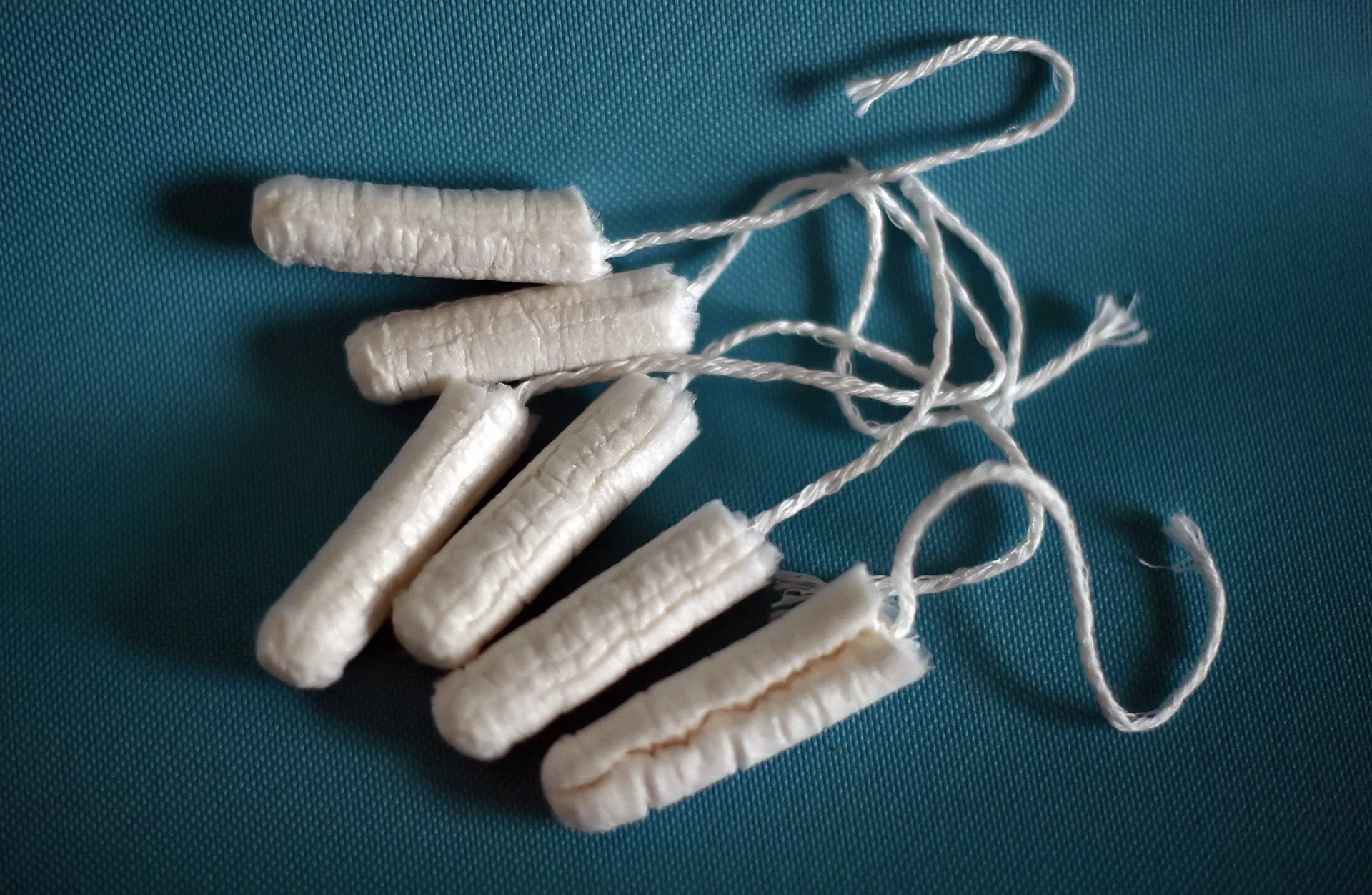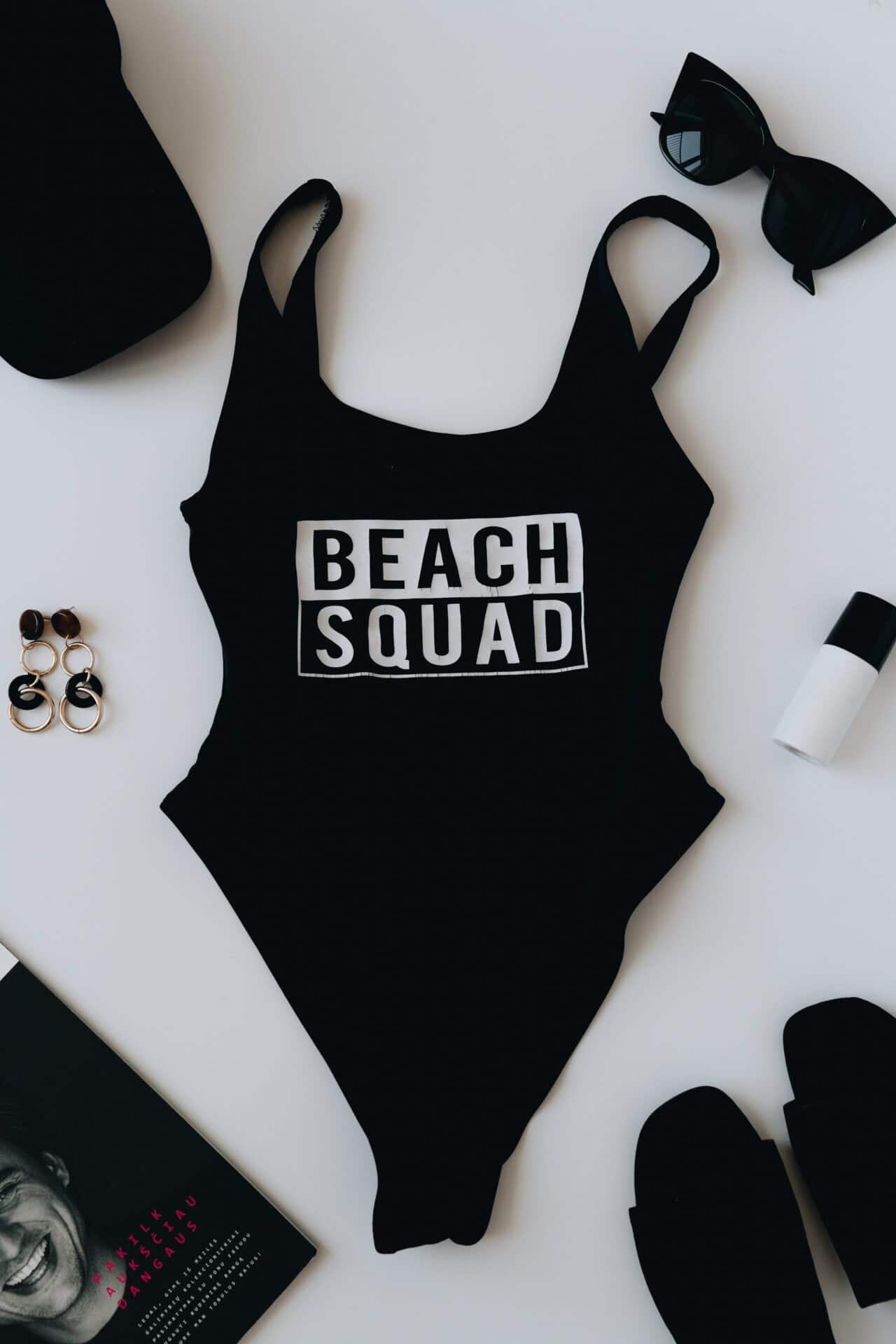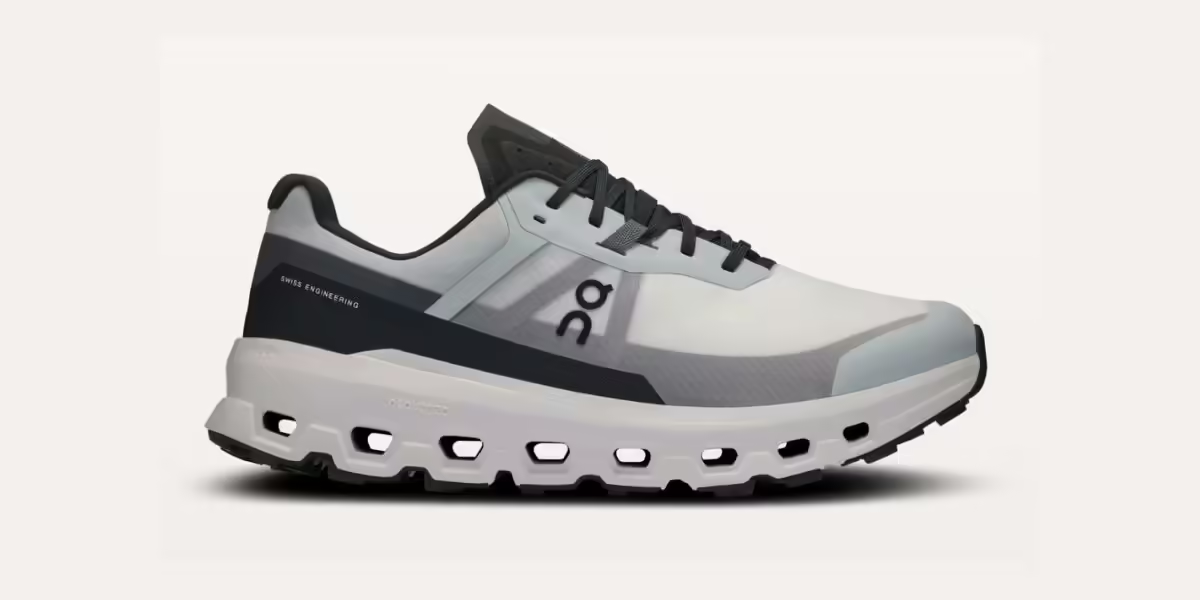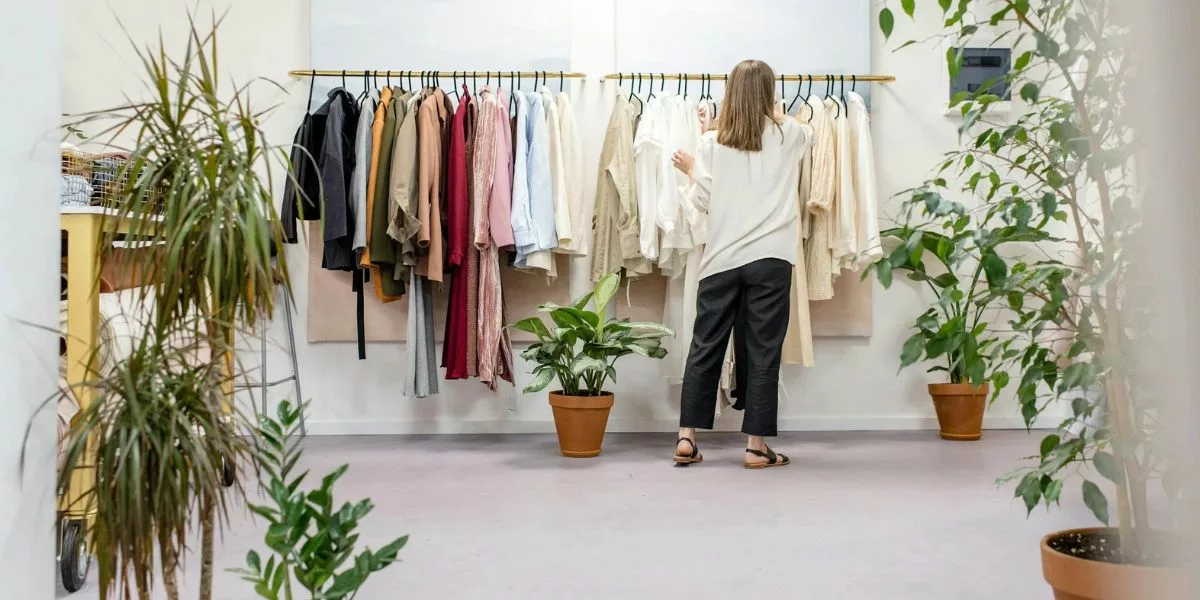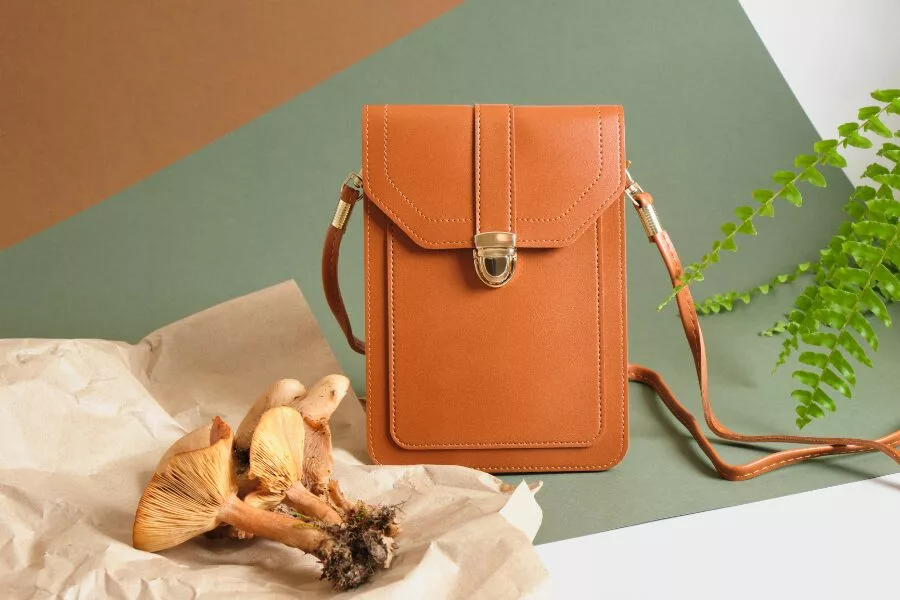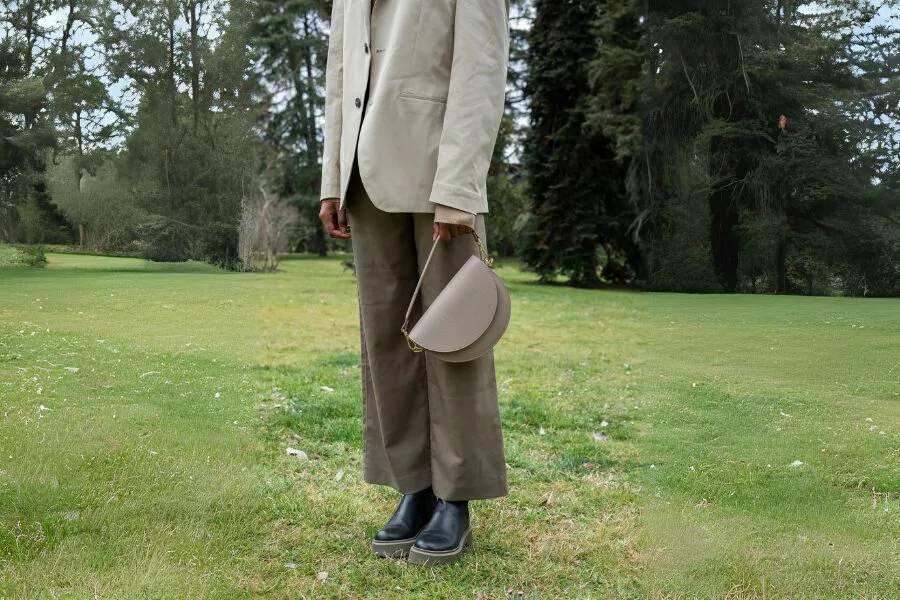Last Updated on September 30, 2024 by Sneha Sridhar
Buying new outfits is fun, even therapeutic for some. With endless options available at disposable prices, customers don’t have to think twice before making a purchase. That fancy shirt on sale at your favourite store may feel like a steal-deal but comes with a hidden cost. Cost to the environment.
In recent years, awareness has made us introspect our buying choices. With awareness, we now seek ways to contribute to the fight against the climate crisis. We aim this article to help you move along on your sustainability journey.
What is Sustainable Fashion?
“Sustainable fashion goes beyond using ‘organic’. It’s about creating and consuming fashion in a way that’s fair to the people involved in its making, and to nature.”
You don’t have to wear coconut shells and palm leaves to save the planet, although that would make a great red carpet outfit. The picture that comes to mind when we think of sustainable fashion is not pretty, we get it. But with an increasing number of responsible brands emerging, you can count on sustainability being fashionable.
We can understand sustainable fashion from two standpoints:
Ecological
The effect that a garment has on nature even before it’s made is profound. Growing Cotton, amounting to 30% of total textile fiber consumption, uses a lot of water, pesticides, and fertilizer. Once the product is out of the store, the impact continues. Whether we choose to wash clothes in warm or cold water, using a detergent made of chemicals or bio-enzymes are factors to consider.
Social
Fancy packaging and happy ad films are all part of creating a distraction from asking factual questions. Are they people who make your clothes happy? Are they getting their fair share? More often than not, employees have to face poor working conditions, discrimination, being underpaid, and being overworked in the fashion industry.
Can Fast Fashion be Sustainable?

In recent times, fast fashion across the globe has had more in common than just the colors and silhouettes. “Sustainable” and “organic” clothing at prices that seem too good to be true. Are these brands the real deal or just a marketing gimmick?
The Real Deal or Just Greenwashing?
Fast-fashion brands make vague sustainability claims. They provide no transparency around their sourcing and production, raising questions about their authenticity. While organic cotton and fibers are definitely a step in the right direction, how it’s sourced and used in production remains ambiguous.
Becoming a Market Niche
With more consumers looking to shop with a conscience, sustainability becomes a market niche that brands want to capitalize on. While these brands have separate labels for “sustainable” merchandise, their primary operations continue using conventional methods. This makes us question if the efforts are genuine or for minting money.
Credibility and Certifications
Brands come up with their own criteria for labeling their products as green. To avoid eye-wash, there is a need for regulating the use of these terms. Using independent certifying organizations and government regulations to ensure fair practice is far more credible than making loose claims.
The Real Problem is Quantity
Being the world’s third-largest manufacturing sector, the fashion industry faces challenges in becoming allies for climate change while also complying with labor laws. Current consumer practices demand far too many clothes being produced that have a shorter life span than before.
On average, we wear a piece of clothing only 1.7 times before discarding it. Low product costs are a key driver in this behavior. For fashion to become sustainable, the industry needs to shift from a production-based model to a service model.
Many brands have offered repair/exchange programs, providing tips on product care and upcycling worn-out pieces. But to ensure the success of this shift, consumer onboarding is crucial.
Want to read more like this?
Get similar stories and a free sustainability checklist delivered to your inbox.

Like our content?
Get similar stories and a free sustainability checklist delivered to your inbox.

Why is Sustainable Fashion More Expensive?
Sustainable fashion may seem overpriced compared to fast fashion at first. But with a closer look, we can see why choosing ethical brands is still a better deal for you.
Mass-produced garments are sold at lower prices by cutting corners. They prefer quantity over quality. This enables companies to increase profit margins while factories continue to receive big orders around the year. These factories then end up making employees work at lower wages to meet the prices quoted by brands. Factories further cut costs by providing substandard working environments and policies, violating labor laws.
A sustainably made t-shirt maybe twice the price of a mass-produced t-shirt. Looking at the quality and how much it will last will give you the actual cost difference. A lower quality garment may last for 6 to 8 years before looking worn out and shabby, whereas a quality garment will last for over a year easily. This makes investing your money in a sustainable garment a better deal.
The price difference may still not be okay for all. So instead of buying new, avoiding a purchase or thrifting is a great alternative.
How to Adapt to Sustainable Fashion?

Adapting to sustainable fashion can be easy. With the right information, you can transition without feeling overwhelmed. Here are some practical suggestions for a breezy shift towards going green.
Quality Over Quantity
A sustainability consultancy-Eco Age’s chief brand officer Harriet Vocking advises you to ask yourself three important questions: “What are you buying and why? What do you really need? Will you wear it at least 30 times?” While buying, instead of choosing the cheapest alternative, consider the cost-per-wear. How many times can you wear this item? A cheaper option lasting 3 washes is more expensive compared to a better quality garment lasting years.
Shifting to slow fashion is a real game-changer in beating the problematic consumption practices of fast fashion
Support Sustainable Brands
Sustainable brands work hard to compete with fast fashion. Buying from these brands shows support but also helps them provide fair working conditions for their employees.
Pre-Loved, Rental and Vintage Clothing
Online thrift stores are an easy and affordable way of revamping your wardrobe. Famous brands like Urban Outfitters and Patagonia, offer pre-loved clothes at discounted prices. Few others offer buy-back/repair programs to save usable garments from landfills. Clothing rentals are also a game-changer for occasion wear.
Identify and Avoid Greenwashing
Greenwashing is a false claim that is made to deceive customers into believing that a product is environmentally friendly. To avoid this, ask questions. Look for certifications and dig deep to check if your favorite brand actually follows fair practices behind the scenes. An example of greenwashing is vegan leather. Animal-based products may raise ethical concerns, but most products labeled as ‘vegan’ contain non-compostable synthetic chemicals such as polyurethane (PU) often sold as ‘vegan leather’.
Reduce Your Water Footprint and Micro-Plastic Pollution
Synthetic fabrics like nylon and elastane used widely in garments lose micro-fibers on washing, releasing thousands of microplastics into wastewater that end up in our oceans. Avoiding unnecessary wear and tear while washing may help. Use Washing methods that require less water. Switching to Bio-enzymes or soap-nut liquid instead of detergents can help keep chemicals out of water bodies.
Change in Perspective
“I don’t think that ‘eco’ should be a word that immediately conjures up images of oatmeal-colored garments or garments that are oversized or lacking in any sort of luxury or beauty or detailing or desirability,” says Stella McCartney. “I don’t think that things have to look ugly because they’re organic; why can’t they be beautiful as well? You can’t ask a consumer to compromise. I don’t think you can say, ‘Here is this jacket that looks terrible but it’s organic, and here is a really beautiful jacket that’s cheaper but don’t buy it because it’s not organic’.” With more brands emerging in the eco-space, sustainable living doesn’t have to be a compromise on being fashionable.
Check out the latest sustainable fashion jobs if you want to contribute to saving our planet.
Summary
- Sustainability in fashion is about treating both human and natural resources ethically.
- Fashion can only become sustainable if brands shift their practices from production-based to being service-based, consumer support being crucial to its success.
- We need a perspective change. With ethical options emerging in the fashion space, choosing to go green is not a compromise on being fashionable.
- Being skeptical is good, but it’s equally important to support sustainable brands. Consumer awareness and habits need to grow alongside the industry to bring about genuine change.
Want to read more like this?
Get similar stories and a free sustainability checklist delivered to your inbox.

Like our content?
Get similar stories and a free sustainability checklist delivered to your inbox.


